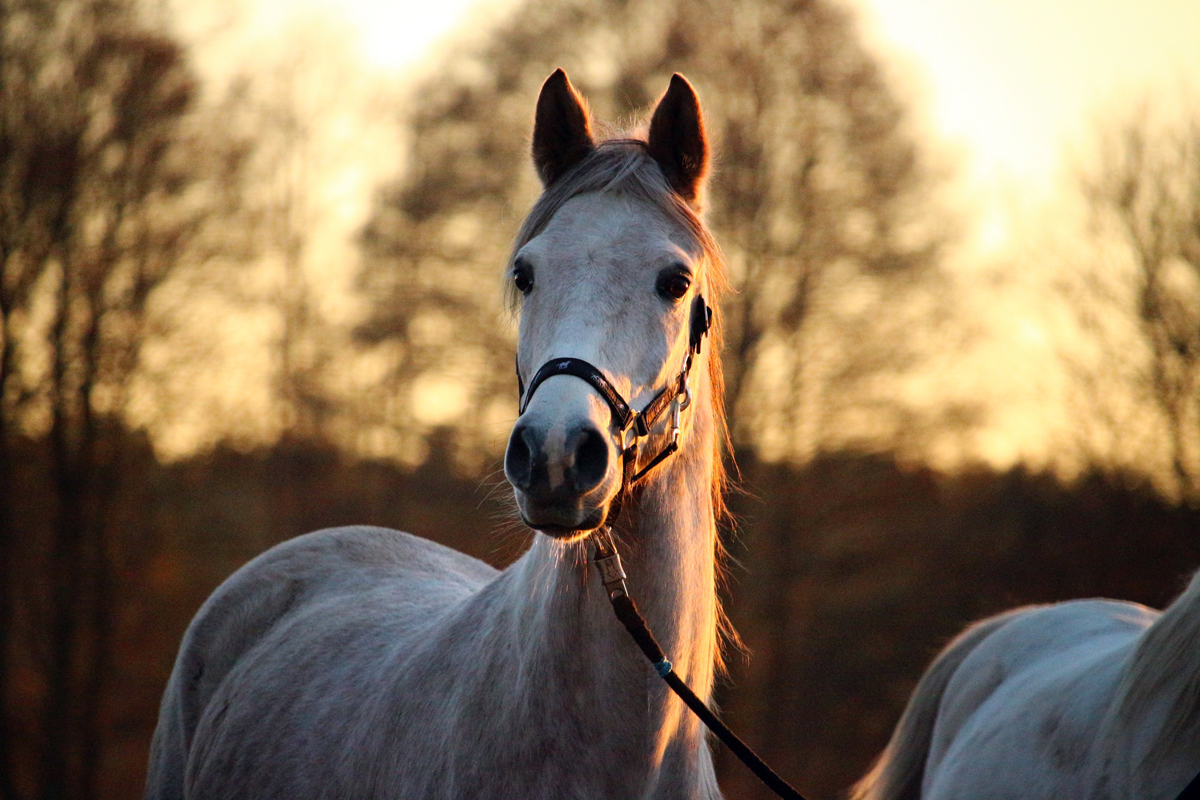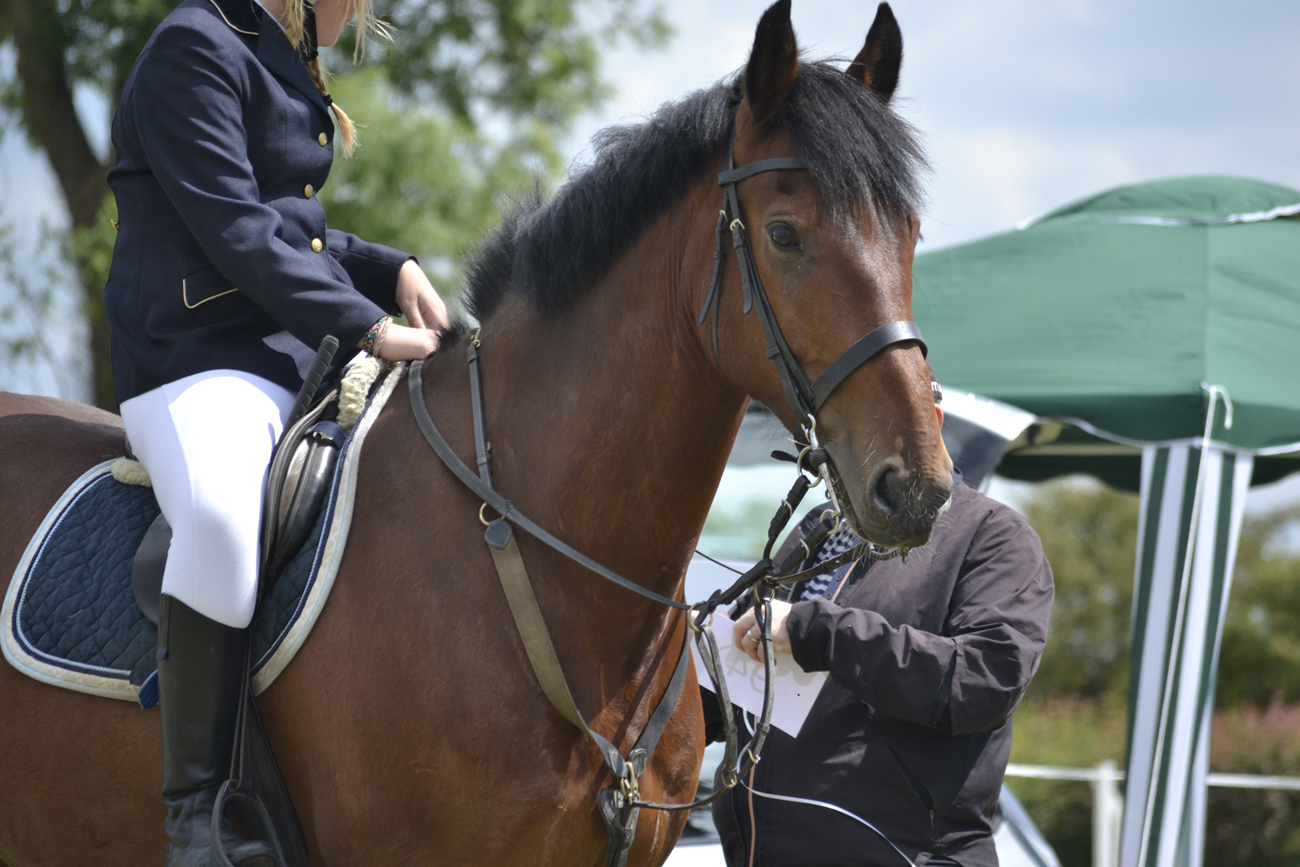When you think about horse racing, you think about thoroughbreds. Here at Equesure, we arrange insurance for horses for any type of horse but the thoroughbred has to be one of our personal favourites. Intelligent and spirited, these majestic creatures are truly legendary racers. But have you ever wondered what makes them so perfect for this sport?
Read our guide to get an insight into this fascinating breed and find out if owning a racehorse, or an ex-racer, is right for you.
History and origins
There are few animals with as well recorded history as the thoroughbred breed. The thoroughbred breed can trace its ancestry back to just three stallions imported into England between the late 17th and early 18th century.
Darley Arabian, Godolphin Arabian and Byerley Turk all take their names from their English gentlemen owners.
These three ‘foundational’ stallions were bred with native English mares to create a breed that was both fast and strong but also had great stamina over extended distances.
These foals were the very first thoroughbred racehorses. It’s incredible to think that all of the modern thoroughbred horses racing today are descendants of just these three stallions!

What makes a thoroughbred perfect for racing?
With an unparalleled combination of speed, athleticism and stamina, it’s easy to see why thoroughbreds are so popular in horse racing. Indeed, thoroughbreds are estimated to be able to gallop at speeds of between 40 to 45mph.
Thoroughbreds are also designed to reach their peak at an early age. Racehorses bred for flat racing usually start their career at two years of age, with some retiring at just four. While some of the more high-profile races are confined to three year olds, many racehorses hit their peak between the ages of four and five.
In terms of jump racehorses, they start their careers later at between three and four before reaching their peak between seven and 10 years of age. Jump racehorses tend to have longer careers than flat racehorses.
With a long neck, a refined face and widely spaced eyes, thoroughbreds are a strikingly handsome breed. They also have an ideal build for racing with deep shoulders, a short and evenly curved back, a strong and deep chest, well-defined and high withers, and strong hindquarters.
Despite being so powerful and muscular they have a lean look and long legs which means they have a long stride length and are very graceful. There really is no mistaking a thoroughbred when it’s galloping down the home straight!
Apart from their physical attributes, they’re also classified as “hot-blooded”. This means they tend to be spirited, bold, intelligent and have a strong work ethic, making them natural competitors and perfect partners for an experienced rider.
Other uses of thoroughbreds
While thoroughbreds have been bred primarily for their racing abilities, they are very useful for other purposes, too. Indeed, many thoroughbreds have very successful careers away from the race track. These include:
Show jumping – Their height, strength and natural courage make them perfect show jumpers. Combining the ability to clear high obstacles, negotiate sharp turns and sprint, thoroughbreds have the potential to compete at the highest levels.
Dressage – Competing in such a competitive arena can really play to a thoroughbred’s natural athletic ability and desire to perform. Their high intelligence means they can learn the movements needed for dressage and makes them a perfect fit for this sport.
If you’re thinking of investing in a thoroughbred remember their bold and spirited personalities can make them unsuitable for inexperienced owners and riders.
No matter what your level of experience, having horse rider insurance to complement horse insurance will protect both you and your equine from the financial fall-out of an accident or injury.

Famous British racehorses
As the second biggest spectator sport in the UK after football, horse racing is clearly a sport close to many people’s hearts. Inspired by a national poll by The Jockey Club here are some of the nation’s favourite racehorses.
- Eclipse – As many as 95% of today’s thoroughbreds can be traced back to this undefeated 18th century champion.
- Red Rum – Winning the Grand National a record three times in the 1970s, his retirement was front page news and over 40 years later he remains one of the most famous racehorses in history.
- Nijinsky – Named after the Russian ballet dancer, this graceful horse won Britain’s Triple Crown of the 2000 Guineas at Newmarket, The Derby at Epsom Downs and the St. Leger at Doncaster in 1970. A feat that has never since been repeated.
- Desert Orchid – With a prolific and glittering career Desert Orchid won four King George VI Chases, the Irish Grand National and a Cheltenham Gold Cup between 1986 and 1990. ‘Dessie’ is revered by racing aficionados and the wider public alike.
- Frankel – With an unbeaten 14-race career, Frankel is perhaps the greatest British racehorse of the modern era. By the end of his racing career in 2012, the World Thoroughbred Racehorse Rankings had given him their highest ever rating for a racehorse.
Horse insurance for thoroughbreds
Thoroughbreds require a big investment in terms of time and money, so protecting them from any injury or illness will be at the top of any responsible owner’s to-do list.
With over 60 years’ combined experience in the insurance market, our team of specialists at Equesure can offer a bespoke insurance policy tailored to any breed of horse. Whatever their value, use or location there will be a suitable policy available.
From leisure horses who enjoy a gentle hack over the weekend, to more competitive show jumpers, we can help you protect your equine partner against any potential risks.
Benefits of policies arranged through us include cover for vets’ fees up to £4,500 per incident, but with unlimited number of claims within the policy year.
We can also arrange cover for the popular sport of horseboarding!
Give our team a call now to see which horse cover is right for you.
Get a quick quote from Equesure today.
Policy benefits and features offered may very between insurance schemes or cover selected and are subject to underwriting criteria. Information contained within this article is accurate at the time of publishing but may be subject to change.





